|
11/5/2019 9 Comments ARE YOU READY FOR LIFE?GET READY FOR LIFE!As we all know life is full of unknowns, but you can take simple and practical steps now to be ready for life at any age. Currently 15% of the Australian population are aged 65 and over, and the Australian Institute of Health and Welfare estimates that this will increase to 22% by 2056.
This increase in the age of the population puts additional strain on the government to provide care for older Australians. Chiropractors are ideally placed to assist in the healthcare of Australians as they age and potentially help improve their quality of life. According to the World Health Organization, musculoskeletal conditions that reduce mobility, dexterity and functional ability, are the second largest cause of disability worldwide. Musculoskeletal conditions can have a damaging effect on your quality of life by affecting your ability to participate in work, social activities and sports. In Australia, 3.7 million people reported back problems in 2015 alone. With statistics like these and the burden of low back pain ranking first in Australia, it is likely that you or someone you know could suffer from back pain. Improving posture, maintaining an active lifestyle and keeping your spinal health in check can help you continue to do the things you love and always be Ready for Life! Improve Posture By decreasing the amount we move each day, we have increased the severity of poor posture and in turn, its negative effects on health.6 Daily activities that we now consider common, like sitting at a desk, driving instead of walking, and even playing video games, may lead to incorrect posture. What is poor posture? Posture is the position in which we hold our bodies while standing, sitting or lying down. When your posture is poor this can increase pressure on your spine and contribute to tension, soreness, headaches, back pain and fatigue. Australian adults, on average, spend an estimated five hours per day sitting, with a quarter of the population sitting for more than eight hours per day, including the 67% that play video games recreationally. This time sitting and hunching over a desk or on the couch can add pressure to the spine. Get a Ready for Life Posture A healthy posture is all about healthy movement, by both your spine and your body. It does take discipline to correct poor posture, but there’s no doubt the benefits are well worth the effort. The Straighten Up App, developed by the Australian Chiropractors Association (ACA) is designed to help everyday Australians maintain and improve their spinal health. Use the app to set reminders and receive notifications about sitting right, stretching, improving posture and even staying hydrated. Keep Active An active spine is a healthy spine. This is important at any age. The Department of Health recommends a minimum of 150 minutes of moderate to vigorous physical activity each week. Activities such as surfing, soccer and strength training in the gym can have great benefits to your overall mental and physical health. According to the Australian Institute of Health and Welfare, 56% of all Australians are not sufficiently physically active. This has a negative impact on your spinal health. Benefits of regular exercise Most physical activity can have great positive effects on the spine including the stretching, strengthening and repairing of muscles that help support your back. Regular exercise can also reduce the risk of heart disease, lower blood pressure, build stronger bones, increase your energy, improve sleep patterns and so much more. Just Start Walking If the gym or sports field isn’t for you then walking is another great way to keep active. Some benefits of brisk walking include increasing your heart and lung fitness, muscle strength and endurance, and it contributes to a naturally upright posture. Need a little extra help to get you walking to a healthier life? The Just Start Walking app is just what you need. This free app was developed by the Australian Chiropractors Association to encourage Australians to get outside and to get walking! The app allows you to not only map your walk, but track the distance and time taken. The app also displays your walking history, so you can see your improvements, features local walking events near you and lets you share your walk with friends on social media. The Just Start Walking app is in the final stages of redevelopment and will be available to download from the App Store and Google Play from 15 May 2019. Mark your diaries now for 15 May to download the Just Start Walking app to take the first steps towards a healthier spine and be Ready for Life! Chiro Can Help Your spine supports you. Growing from birth and moving with you at every stage of life. Whether you’re hula hooping in the park, jumping on a trampoline or just getting dressed, it is important that your spine is always Ready for Life. Good posture and exercising regularly are important factors in maintaining spinal health. Visiting a chiropractor as part of your spinal healthcare regime can assist with ensuring that these practices are maintained. Did you know
Chiropractors work in partnership with you by utilising their clinical experience, and tailoring care to your needs and preferences. This ensures the highest standards of patient-centred care. To find your nearest ACA chiropractor visit locateachiropractor.com.au and make chiropractic a part of your healthcare routine. Don’t give up the activities you love. Make spinal health a priority and be Ready for Life! About ChiropracticChiropractic care is not a one size fits all healthcare option. Chiropractors carefully assess each patient individually and tailor their care accordingly. By using a variety of non-surgical techniques, such as specific spinal adjustments, manual therapy and low-force intervention, chiropractors offer a drug-free, hands-on approach to spinal healthcare. Australian chiropractors are highly qualified healthcare professionals who study at university for a minimum of five years and are government regulated and registered. Like all other registered healthcare providers, chiropractors adhere to National Law and profession specific codes of conduct and guidelines. They never stop training and working to improve their clinical skills. All chiropractors must undertake continuing professional development courses every year to maintain their registration, constantly learning and staying current with the latest research.
9 Comments
2/5/2019 1 Comment 10K A Day - Is It Necessary?When it comes to counting steps, most people tell you the golden number is 10,000, but is it? And where did this figure originate?It is believed it began in Japan back in the 1960s during the lead up to the Tokyo Olympics, by a company that marketed step counters. The message was that everyone should be walking 10,000 steps a day if they wanted to stay in peak physical condition. However, in reality, that figure was more about selling the step counters, instead of looking after your health.
Most people know that going for a walk is the most natural, affordable and accessible exercise type. You can put on your trainers and pound the pavement, knowing you are helping to reduce your risk of type 2 diabetes, heart disease, and even depression. What’s more, walking is something that almost everyone can fit into their daily life – making it all the more beneficial as a way to stay fit and healthy. Instead of 10,000 steps, however, Australian guidelines recommend you do at least 150 minutes of moderate exercise every week – which is around half an hour, five days per week. Half an hour of walking is around three to four thousand steps – less than that golden number of 10,000 and the 7,400 steps that most average Australians do every day. So how many should we do? Summing up what wider studies have found regarding step counting, the more you do, the better the health outcome. A 2015 Australian study found every 1,000-step increase decreased your risk of premature death by six percent, and by 46 percent in those who walked more than 10,000 steps. Therefore, if you can include at least half an hour of moderate exercise into your daily routine, or even aim for that goal of 10,000 steps, you can be doing your body a world of good. 2/5/2019 0 Comments Frozen peas or a wheat bag?When you’re suffering from an accident, injury, or illness, it can be hard to know which will help – ice or heat. The following information might help to clear things up.Most people know that applying an ice pack or a heat pack can help to ease aches and pains, but there are cases where you can do more harm than good, or when one treatment may be more suitable than the other.
How do you know what will work? Before you head for the freezer or heat up the wheat bag to ease your aches and pains, ask yourself whether the pain is in your muscles or joints. Is it from an old injury? Does the pain relate to muscular tenderness or tightness? If muscle tension is causing your pain, then heat can be effective for soothing stiff joints and relaxing muscles. It can also ease pain related to older injuries such as sprains and strains. However, if you have a new sprain, acute pain, damaged skin or cancerous tumours, then heat is not a suitable option as applying heat can increase inflammation. In the case of a new injury, ice can reduce any swelling or bleeding, and relieve pain. You may also find benefit in using ice for back pain, arthritis, and migraines. If you’re not sure whether to reach for the bag of frozen peas or the wheat bag, then don’t worry. Have a chat with your chiropractor and find out which option is best to help alleviate your particular condition or injury. 2/5/2019 0 Comments One For The Fruit BowlIf you’re always on the lookout for nutrient- rich fruit for your fruit bowl or lunch box, you can’t look past the humble pear.Globally, there are over 3,000 different types of pears – in different sizes, shapes, and flavours to appeal to various tastes. While they aren’t the prettiest fruit to grace your lunch box, they pack a lot of health benefits into only 100 calories - something processed foods can struggle to do naturally. A single pear has a lot of protein, fibre, vitamins, and minerals, but no fat or cholesterol.
If you haven’t been much of a pear eater in the past, you might be once you realise how beneficial for the body they are. Pears, along with other fruit and vegetables, can reduce your risk of several health conditions when you consume them as part of a healthy, balanced diet. These include cancer, diabetes, heart disease, and hypertension. What may also interest you is the fibre content. Men under 50 years of age should have at least 38 grams of fibre per day, with women requiring 25 grams. Because a medium-sized pear offers around six grams of fibre, it’s one of the best sources of it in the fruit world – helping you meet nearly a quarter of your daily requirement. Its fibre content helps in lots of areas. It can help reduce your cholesterol levels, stabilise blood sugar levels in diabetics, and promote bowel regularity so you can benefit from a healthy digestive tract. As pears are 84 percent water, your body can have an easier time flushing toxins from your body. High fibre also keeps you fuller for longer, which may help with weight management. When it comes to fighting free radicals, pears pack the punches here too. Their high levels of antioxidants, such as copper and vitamins C and K, help remove free radicals, protecting your cells from the damage these can cause. However, it’s helpful to be aware that pears are a high FODMAP food. They have more fructose than glucose, which can sometimes result in bloating, gas, pain, and diarrhoea in those suffering from irritable bowel disorders. If you need any help or advice with this, then consult your GP. While you can’t live on pears alone and expect to be the picture of health, you can include them as part of a healthy, well-balanced diet and enjoy both the flavour and health benefits. Around the world, chiropractors are using over 100 adjustment techniques to alleviate pain, enhance joint function, and reduce inflammation. What are they doing for you?What you may typically find when you visit your local chiropractor is that they will focus on around ten or fewer adjustment techniques, catered to your exact needs. Some of those techniques use some force, known as spinal manipulation, while others can be gentle, called spinal mobilisation. Some chiropractors will also use a mixture of both, depending on what their expertise tells them you need.
Chiropractors don’t operate with a “one size fits all” approach to their treatment. Instead, after an in-depth consultation with you, they will formulate a plan that caters to your unique situation – be it pain alleviation, joint dysfunction, or joint inflammation. SPINAL MANIPULATION Spinal manipulation is one of the more traditional adjustment methods that chiropractors use. It also goes by other names such as the high-velocity, low- amplitude (HVLA) thrust, and the diversified technique. This chiropractic adjustment technique involves applying sudden, (but controlled), force to move the body into a particular position. Sometimes, you hear a “popping” sound during this treatment which is caused by the release of small pockets of gas in the fluid surrounding your joints. While this sound is prevalent in all these chiropractic techniques, there is no proof to determine that there must be one for the treatment to be effective. A chiropractic clinical data review in 2010 showed that this type of adjustment method could be beneficial for back and neck-related conditions such as migraines, headaches, joint conditions, and disorders associated with whiplash. SPINAL MOBILISATION Chiropractors use spinal mobilisation adjustment techniques for the same reasons as manipulation – for improving or enhancing your joint function. However, the process is far gentler and tends to be a preference for some patients. There are many reasons why a chiropractor or a patient may prefer the slower mobilisation method over the faster and more forceful manipulation technique. Some people might have a sensitive nervous system and require a gentler approach to reduce the risk of muscle spasms. Others may have bone conditions, arthritis, or other diseases that manipulation could aggravate rather than improve. The patient’s weight and pain severity can also play a part. As well as the many adjustment techniques, chiropractors may use other types of therapy as part of their treatment plans, such as massage, heat and ice, ultrasounds, and electric stimulation. Sometimes they may position you in specially designed chairs and tables to optimise the adjustment. In essence, chiropractors have a vast pool of different techniques to tap into and find out what works best for you. Everyone’s needs are different, which is why it’s important to talk to your chiropractor – a qualified health care professional. They can discuss your needs and symptoms before establishing a treatment plan that can provide the best outcome. The latissimus dorsi, or lats for short, is a muscle in the middle and lower portion of your back. It plays an important role in your body, so how can you look after it?You use your lats muscle for all kinds of tasks, from chest expansion when breathing, to pushing yourself out of a comfy chair. Athletes rely on these muscles for a range of arm-related sports, and training that includes bench presses. If you play golf, baseball, tennis, have poor posture, or even just do an activity such as chopping wood, you may use this muscle more than most.
With so much use, it’s not uncommon to feel pain in the area surrounding your lats. Normally, any pain and discomfort relates to sports, overuse, or poor technique. A tell-tale sign of an injury to the lats can be distinct pain in your back, shoulders, shoulder blades, lower arms, and the inside of your arms down to your fingers. Severe damage can also include arm tingling, breathing troubles, and back tendonitis. A wide range of people can find themselves with lats muscle pain; fortunately, there are ways to prevent or ease it, and strengthen the muscle to reduce the risk. A personal trainer or expert can ensure you are using the correct form, while offering helpful advice for the future. Exercises that experts might suggest include the back bow and pelvic lift. The back bow requires you to lie facedown and form a pose similar to Superman flying, while the pelvic lift involves lying on your back and lifting your pelvis upward. You can also prevent pain by using proper form, not overusing the muscles, warming up and cooling down, staying hydrated and getting massages. Damaging your latissimus dorsi muscle is uncomfortable, but it’s entirely preventable and manageable with a bit of help from an expert. Consult your chiropractor for advice or information on the correct exercises to manage and treat the discomfort. 2/5/2019 0 Comments Say Yes To YogaMany people are seeing value in taking up yoga classes. Could it be for you?Around 4,000 years ago, yoga became standard practice in ancient India for promoting health, helping with back problems, and even preventing disease. Then, around twenty years ago, it made its way into the Western world with a bang, encouraging over two million Australians to grab their yoga mats and take part too.
Yoga incorporates meditation, breathing exercises, and physical exercise, which means it can be suitable for a broad range of people. Even those who suffer from back and neck problems have found benefit; such as pain relief, learning relaxation techniques, and improving their strength and flexibility. While word of mouth is helping to fill yoga classes across the country, it’s the research into its effects that is also encouraging people to try yoga for themselves. Results, so far, are encouraging, with yoga becoming an accepted part of treatment plans for a variety of conditions such as asthma, back and neck problems, heart disease, and even carpal tunnel syndrome. Some studies also show that some yoga poses, plus relaxation and breathing techniques, can help with depression and anxiety. Regarding neck and back pain, there is no standard approach for everyone. However, studies show that people who take part in yoga exercises twice weekly for two months can see improvement in their flexibility, endurance, and strength – paramount in most back and neck pain treatment goals. If you have been thinking about taking up yoga, but you feel you may struggle, then it may be helpful to know that yoga instructors can modify exercises to suit. What’s more, if you suffer from a spinal or back condition meaning some poses are not possible or safe, then an instructor can also offer alternatives. Before you join a class, find out whether the instructor has worked with people with spinal problems, their experience level, and what their training includes. You may then like to sit in and watch a class before you participate, or join a one-on-one session with a trainer to find out if it’s right for you. Yoga promotes health and wellbeing and can fit into most people’s fitness and exercise plans. If you’re looking to improve your strength, balance, or overall health, then it might be time to roll out the yoga mat, contact an instructor, and join a class near you. |
AuthorAdam's Back is a team of dedicated complimentary health professionals. Our aim is to support you in finding drug-free solutions for better health. Archives
July 2024
Categories |
Search by typing & pressing enter


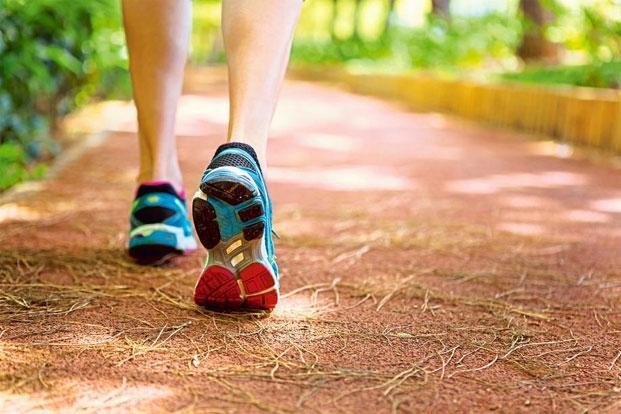
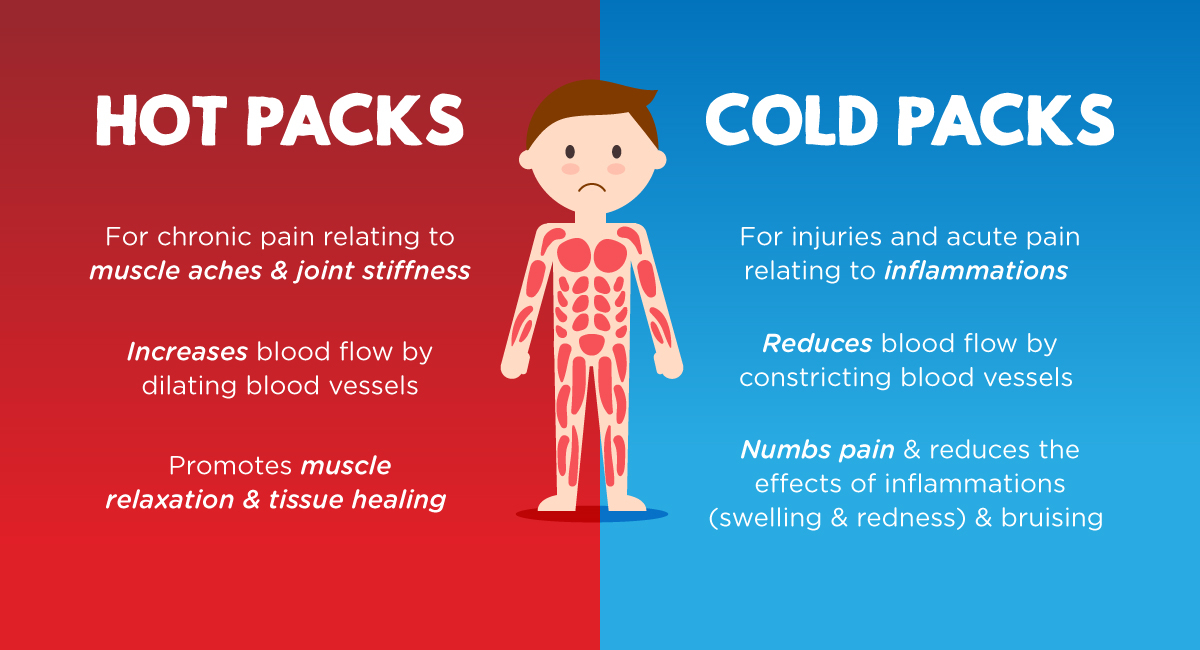

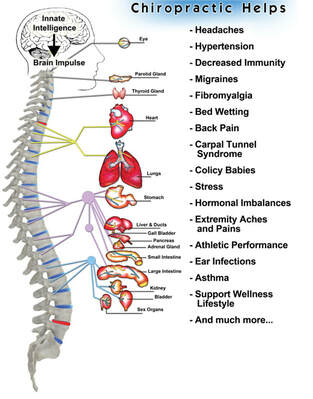
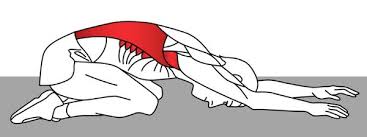
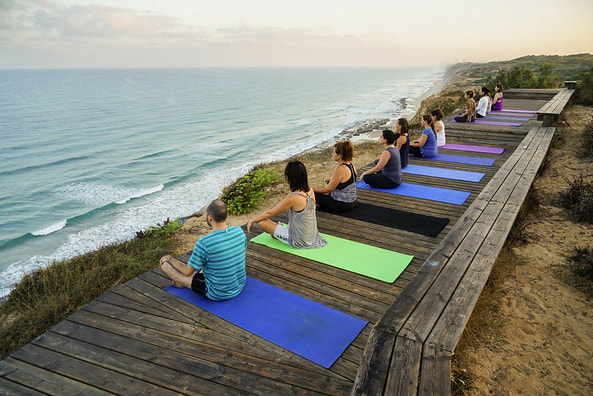
 RSS Feed
RSS Feed